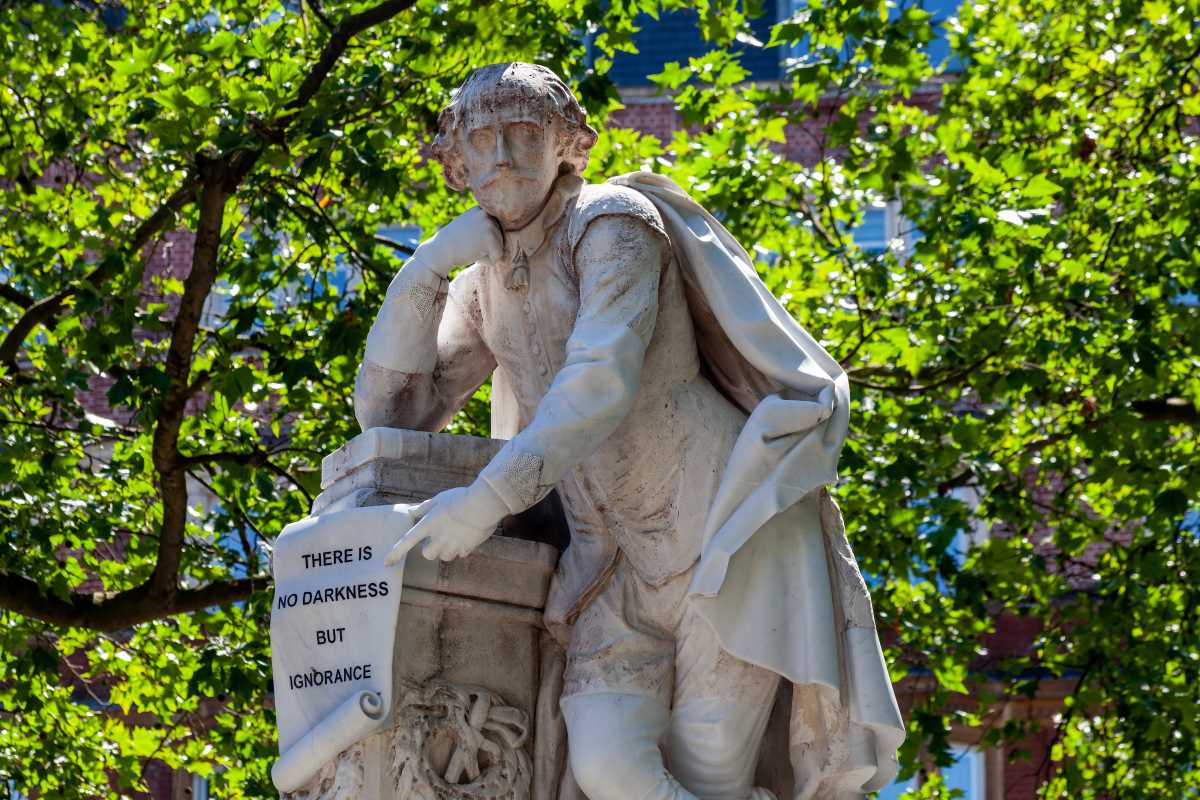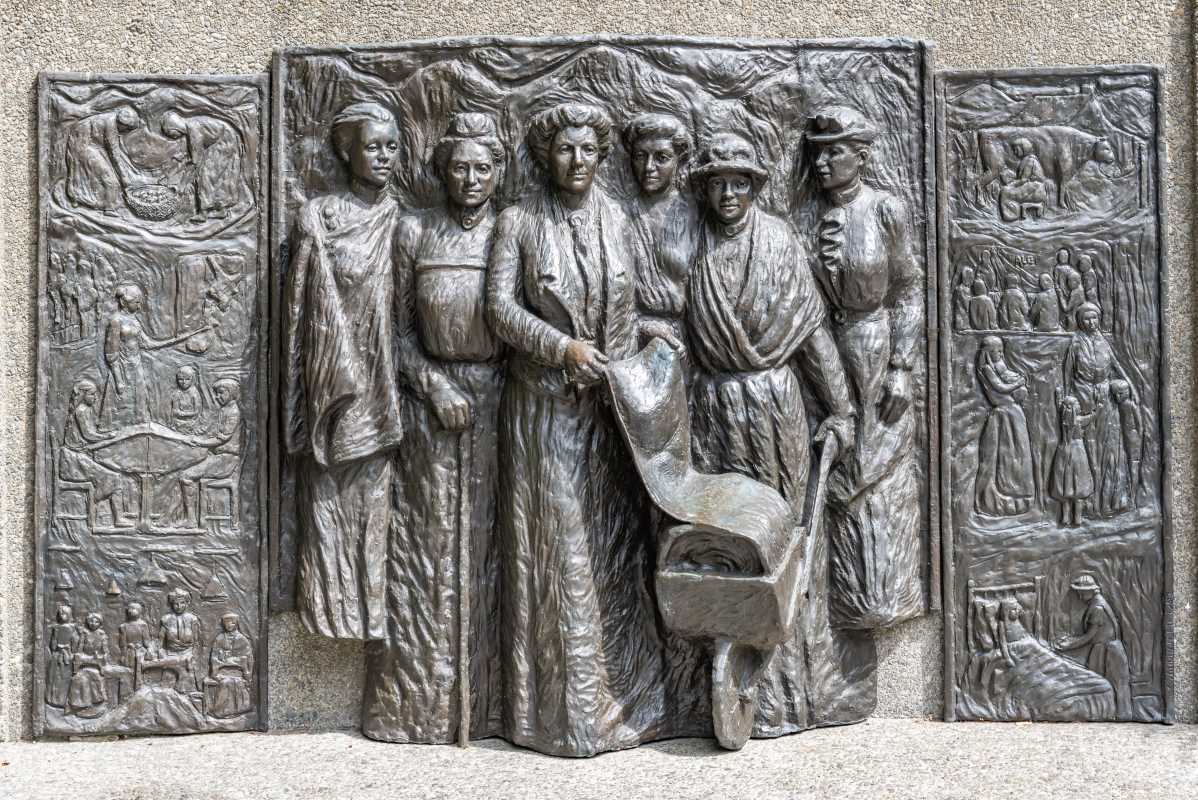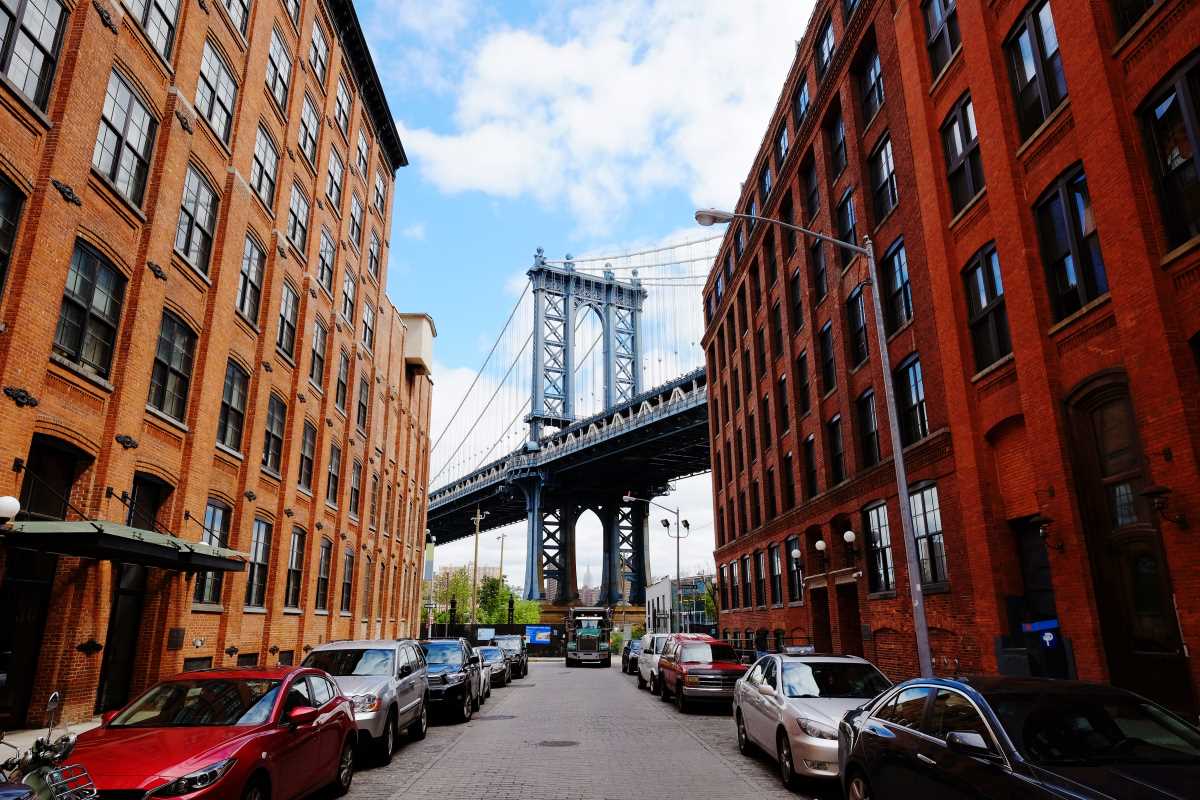Throughout history, food has fueled revolutions, both metaphorically and literally. Food stands a symbol of survival, power, and inequality. From riots over bread to symbolic acts like Gandhi's salt march, the quest for food has ignited some of the most pivotal moments in human history. This blog explores the fascinating relationship between food and revolutionary change, highlighting key moments when meals or their absence spurred societal transformation.
Bread and the French Revolution
"Give them cake," Marie Antoinette reportedly said in response to the cries of starving peasants. Though there’s no evidence she actually uttered those infamous words, they’ve come to epitomize the French aristocracy's detachment from the struggles of the poor in the years leading up to the French Revolution.
Bread was the lifeblood of 18th-century France, comprising up to 80% of the diet for the working class. When grain shortages and poor harvests caused bread prices to skyrocket in the late 1780s, tensions reached a breaking point. Hungry citizens rioted, and their desperation turned political. The cry for "bread" became a call for justice and equality.
The storming of the Bastille in 1789 was as much about hunger as it was about liberty. This revolution demonstrates how food scarcity and inequality can ignite rebellion. Hunger strips away political abstractions, leaving raw emotion and survival instincts. For the French revolutionary masses, bread symbolized physical sustenance and their rightful share in the country's wealth.
Tea and the American Revolution
Across the Atlantic, it wasn’t the lack of food but the control over its trade that set the stage for revolution. The Boston Tea Party of 1773 is one of the most iconic acts of protest in American history, with tea symbolizing resistance to British colonial rule.
British-imposed taxes on tea (and other essentials) without colonial representation spurred outrage among American colonists. When the British East India Company was granted a monopoly on tea imports, many colonists saw this as yet another instance of economic oppression. On the night of December 16, 1773, a group of colonists, disguised as Mohawk Indians, stormed British ships and dumped 342 chests of tea into Boston Harbor.
This wasn’t just a protest against taxes; it was a stand against economic inequality and exploitation. Tea, a simple beverage, became a powerful symbol of rebellion. The Boston Tea Party escalated tensions and proved how something as ordinary as food or drink could carry revolutionary weight.
Salt and Gandhi’s March to Freedom
Fast-forward to 1930, and another colonial power was confronted by rebellion centered on a crucial resource. This time it was salt in British-controlled India. The British had placed a monopoly on salt production and imposed steep taxes on it, effectively depriving the Indian population of an essential commodity.
Mahatma Gandhi saw salt as a poignant symbol of British oppression. On March 12, 1930, he began a 24-day trek known as the Salt March, walking 240 miles to the coastal town of Dandi. There, he symbolically harvested his own salt from seawater, defying British law and sparking a wave of civil disobedience across the country.
What made Gandhi’s protest so effective was its universality. Everyone, regardless of caste, relied on salt. By targeting this necessity, Gandhi unified Indians across social and economic divides. The march was a masterstroke of nonviolent resistance, demonstrating how a basic food item could become a tool for social change.
The Potato and the Irish Famine
Sometimes, the absence of food isn’t just incidental to revolution but its main catalyst. The Great Irish Famine of 1845-1852, caused by a potato blight, devastated Ireland’s population. Over a million people died from starvation or related diseases, and another million emigrated.
While the famine was a natural disaster, its impact was exacerbated by British policies. Landlords continued to export grain and livestock to England while the Irish starved. The cruelty of these actions laid bare the deep inequalities of British colonial rule over Ireland.
The famine fostered resentment and a desire for independence that fueled future uprisings, including the Irish fight for home rule. It also solidified the role of food as a symbol of oppression and systemic inequality.
Symbolism of Food in Revolutions
Food carries both literal and metaphorical weight in revolutions. When individuals are deprived of it, survival instinct morphs into collective rebellion. Beyond sustenance, food symbolizes wealth, control, and justice. It acts as a universal language, relatable to all, and has the potential to unite across divides.
Take the bread riots during the Russian Revolution of 1917. Hunger was a major driver of political upheaval in Tsarist Russia, as bread shortages stoked dissatisfaction with the ruling elite. Similar to the French Revolution, the Russian struggle for bread became a broader movement for equality and change.
Or consider the role of sugar in the Haitian Revolution, where enslaved Africans rose up against European colonizers. The sugar plantations that thrived on their labor became a site of bloodshed and transformation. Here, sugar represented both their exploitation and their eventual liberation.
Food as Resistance in Modern Movements
Even in modern times, food remains a potent tool for social activism. Hunger strikes have become a form of protest across the globe, from suffragettes fighting for women’s rights in the early 20th century to Guantánamo Bay detainees seeking justice in the 21st. Refusing to eat transforms food into a symbol of resistance, placing the hunger-strikers’ suffering in stark contrast to the comfort of the powerful.
Food scarcity also continues to spark unrest. The 2011 Arab Spring, for example, was fueled in part by spikes in food prices. The Tunisian Revolution began when a street vendor named Mohamed Bouazizi set himself on fire after being harassed by local officials. His act of desperation highlighted economic hardships, including the rising cost of bread, and triggered a wave of protests against authoritarian regimes.
Lessons from History
What do these examples teach us? First, they illuminate the direct link between food and survival. When people’s ability to feed themselves is threatened, their other concerns fall away, and food becomes the focal point of their anger and energy. Second, they show how food can transcend its basic function to become a potent symbol of larger ideas like freedom, justice, and dignity.
Today, food insecurity remains a pressing global issue. According to the World Food Programme, over 800 million people face hunger daily. Climate change, economic inequality, and political instability continue to exacerbate this crisis. The lessons of history remind us that when access to food is threatened, so is social stability.
 (Image source: Midjourney)
(Image source: Midjourney) 





